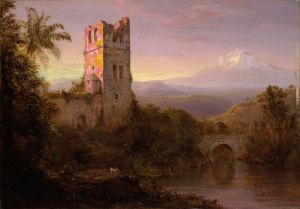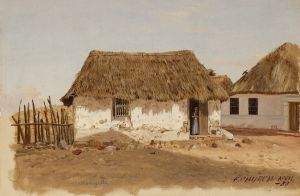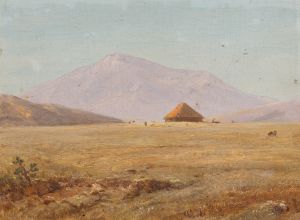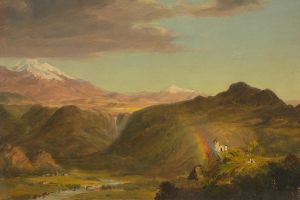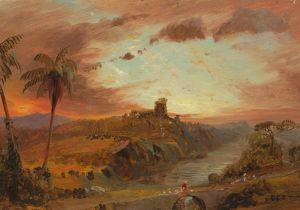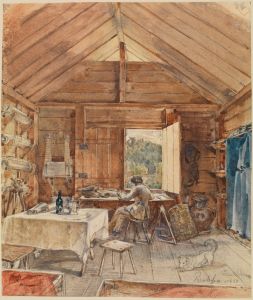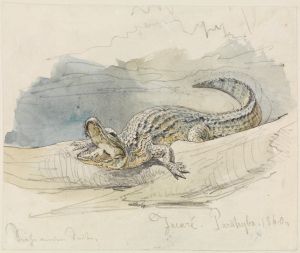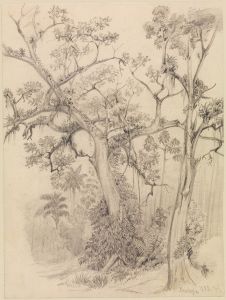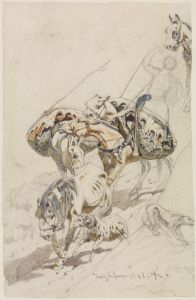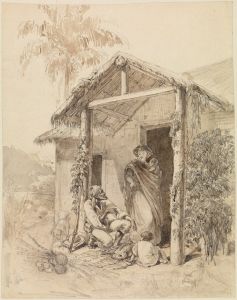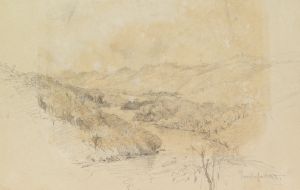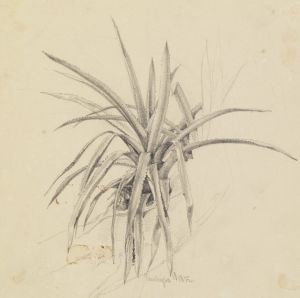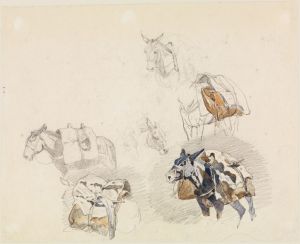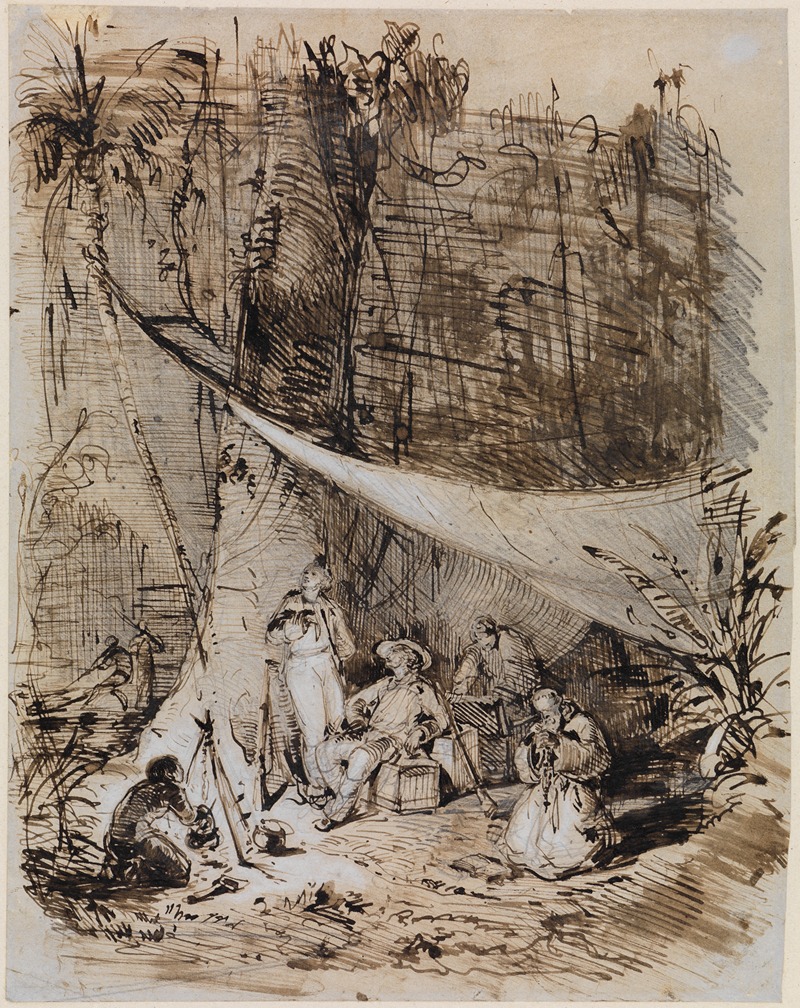
Alexander von Humboldt am Orinoko
A hand-painted replica of Ferdinand Keller’s masterpiece Alexander von Humboldt am Orinoko, meticulously crafted by professional artists to capture the true essence of the original. Each piece is created with museum-quality canvas and rare mineral pigments, carefully painted by experienced artists with delicate brushstrokes and rich, layered colors to perfectly recreate the texture of the original artwork. Unlike machine-printed reproductions, this hand-painted version brings the painting to life, infused with the artist’s emotions and skill in every stroke. Whether for personal collection or home decoration, it instantly elevates the artistic atmosphere of any space.
"Alexander von Humboldt am Orinoko" is a painting by the German artist Ferdinand Keller, created in 1859. The artwork depicts the renowned Prussian naturalist and explorer Alexander von Humboldt during his scientific expedition along the Orinoco River in South America, which took place from 1799 to 1804. Humboldt's journey through the region was part of his broader exploration of the Americas, during which he conducted groundbreaking research in geography, botany, zoology, and ethnography.
In the painting, Keller portrays Humboldt in a lush, tropical environment, surrounded by the rich biodiversity of the Orinoco River basin. The scene emphasizes the naturalist's role as an observer and documenter of the natural world. Humboldt is shown in the company of his traveling companion, Aimé Bonpland, a French botanist who collaborated with him throughout the expedition. Together, they are depicted studying and recording the flora and fauna of the region, symbolizing their dedication to scientific inquiry.
Ferdinand Keller, a prominent 19th-century German painter, was known for his historical and allegorical works. His depiction of Humboldt reflects the 19th-century Romantic fascination with exploration and the natural world, as well as the era's admiration for scientific achievement. The painting captures the spirit of discovery and the sense of wonder that characterized Humboldt's expeditions.
The Orinoco River, one of the longest rivers in South America, flows through Venezuela and Colombia. Humboldt's exploration of the river was significant for its contributions to the understanding of the region's geography and ecosystems. His observations and findings were later published in his multi-volume work, "Voyage aux régions équinoxiales du Nouveau Continent" ("Journey to the Equinoctial Regions of the New Continent"), which had a profound influence on the fields of natural science and geography.
"Alexander von Humboldt am Orinoko" is an example of how art can commemorate historical figures and their achievements. The painting serves as a visual tribute to Humboldt's legacy as one of the most influential scientists of his time. It also reflects the cultural and intellectual currents of the 19th century, when exploration and scientific discovery were celebrated as hallmarks of human progress.
The painting is housed in the Staatliche Kunsthalle Karlsruhe in Germany, where it remains an important piece of the museum's collection.





